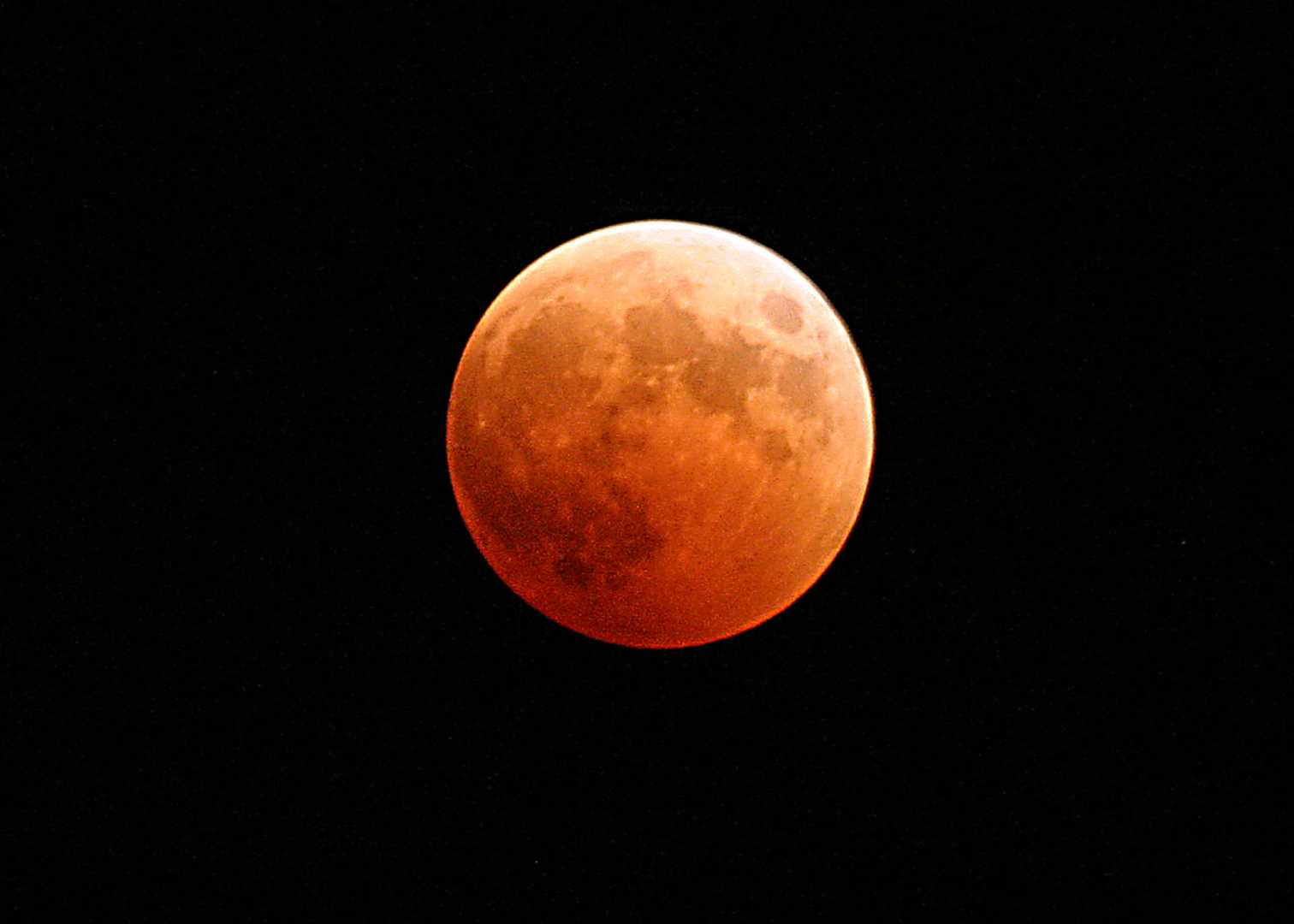News
Earth to Capture a New Temporary Mini-Moon This Autumn

From September 29 to November 25, Earth will temporarily capture a new mini-moon named asteroid 2024 PT5. This small asteroid, approximately 10 meters wide, was discovered by the Asteroid Terrestrial-Impact Last Alert System. During its brief period as a mini-moon, 2024 PT5 will orbit Earth once before continuing its journey through space. Such events highlight Earth’s ongoing interactions with Near-Earth Objects (NEOs).
Researchers Carlos de la Fuente Marcos and Raúl de la Fuente Marcos from the Universidad Complutense de Madrid have published a study on this phenomenon. They calculated that the asteroid’s size, speed, and trajectory make it suitable for temporary capture by Earth’s gravitational field for 53 days.
“2024 PT5 will circle the Earth one time before it escapes back into space,” the researchers noted. This process, termed “temporarily captured flyby,” occurs when asteroids come under Earth’s gravitational influence without completing multiple orbits. Other mini-moons have shown similar behavior. For example, in 2006, an asteroid stayed within Earth’s orbit for nearly a year before escaping, while another remained in orbit for several years before leaving in 2020.
Asteroids like 2024 PT5 are known as “horseshoe orbiters” because of their trajectory around Earth and the Sun. These bodies often approach Earth at low relative speeds, making temporary capture possible. However, most do not complete full revolutions around the planet before returning to their solar orbits.
The origins of this mini-moon are also intriguing. Researchers suggest that 2024 PT5 likely belongs to the Arjuna asteroid group, which shares an orbit around the Sun similar to Earth’s. This assertion is based on its trajectory, which resembles that of other naturally occurring objects, ruling out the possibility of it being space debris.
While 2024 PT5 will only remain within Earth’s gravitational pull for a short period, its visit emphasizes our planet’s routine interactions with NEOs. Understanding these temporary mini-moon events helps scientists learn more about the dynamics of small celestial bodies within our solar system.












